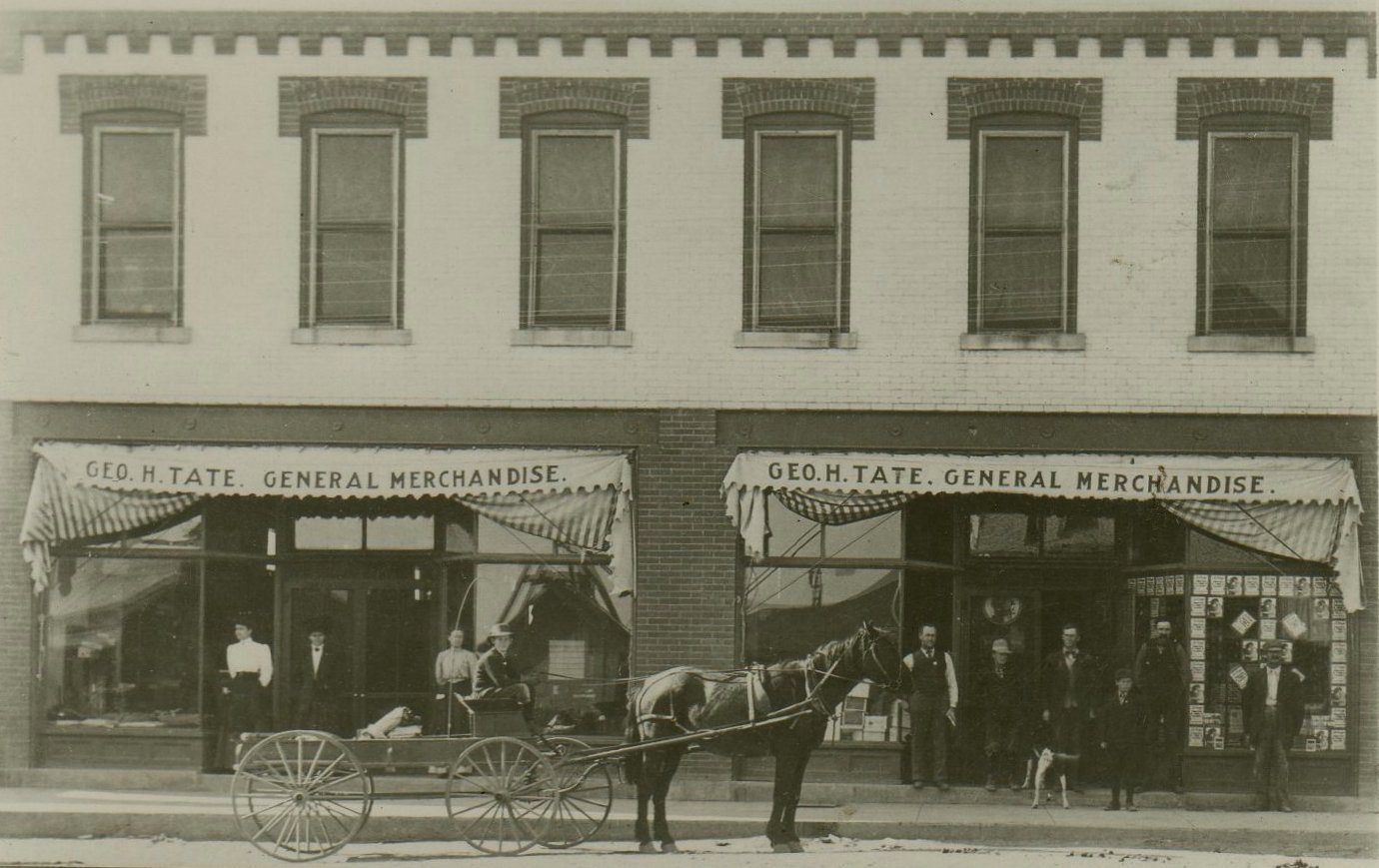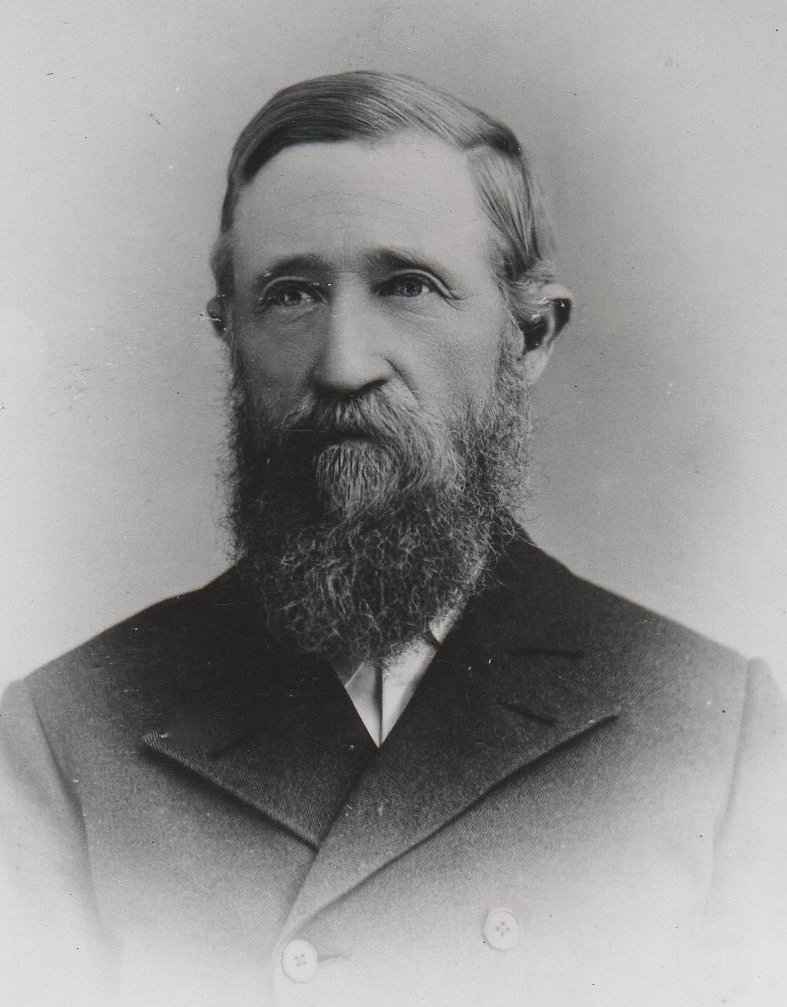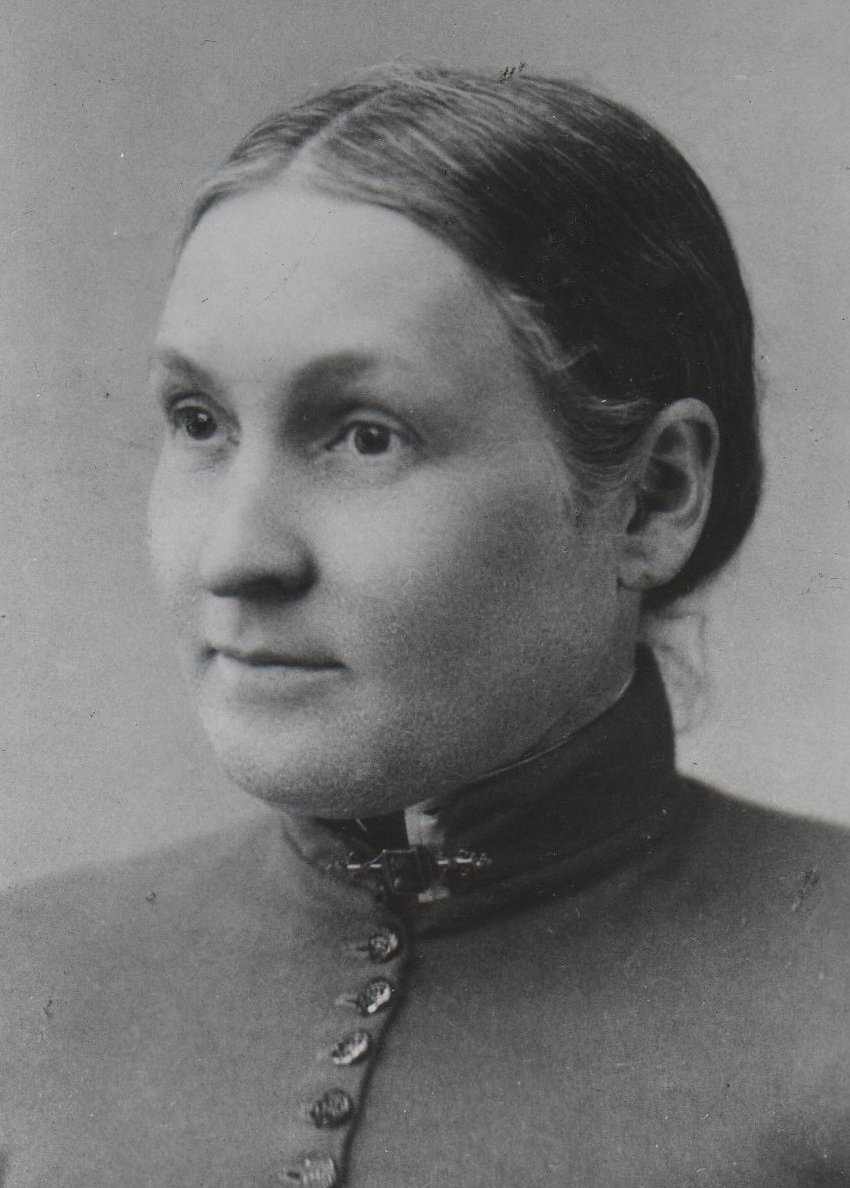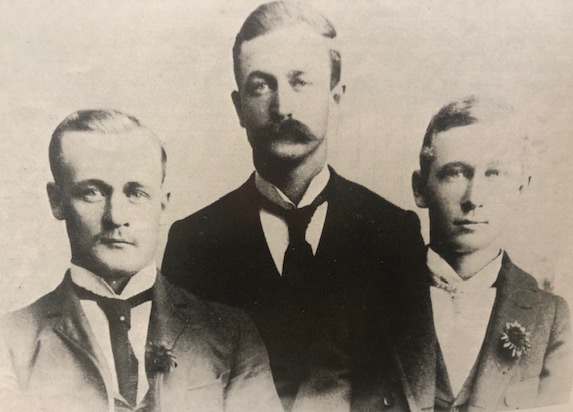Multiple generations of the Tate family have called Lakin home since 1885. They have excelled in the fields of law, business, ranching, agriculture, medicine and more, but a common denominator has been their commitment to making this community better. That is a legacy that began in the spring of 1885 when George H. Tate Sr. arrived here from Chesterfield, Illinois. Accompanied by his 14-year-old son, George Jr. (Harry), the elder Tate had been advised by his doctor to move to a drier climate, and Lakin fit the bill. In July of 1885, he commenced to build a frame store building to house a general hardware and mercantile business on the west side of South Main Street. By the end of August, Tate had a partner, Noell E. Farrar, and the firm of Tate & Farrar opened with a line of groceries, flour, feed, clothing, and more. George purchased Farrar’s interest less than a month later and continued a successful business with son Harry by his side. The following spring, Mr. Tate returned to Illinois to move his wife, Susannah, and their eight other children to Lakin.
Tate’s firm enjoyed a large business serving local customers and those from surrounding counties. When Lakin lost the county seat in 1889 and drought and nation-wide depression set in, three general stores closed their doors, but two remained – John O’Loughlin’s and Geo. H. Tate’s. Sons Harry, John and Sidney assisted their father in the family business while daughter Elizabeth had charge of the dry goods department. The family also conducted a freighting business to Ulysses and maintained a store in Deerfield for a number of years. Harry, John and Sid took turns hauling supplies there several times a week until this business was sold in 1902 to Sam Corbett and Fred Sowers.
Due to his ever-increasing business, George added on to his Lakin store more than once. Then, in November of 1906, the building was pulled out into the street to continue doing business while a substantial brick replacement was under construction. The grand opening in the new building, Lakin’s largest at the time, was celebrated in the spring of 1907 with Tate’s offering dry goods, groceries, clothing, hats, caps, boots, shoes, hardware, Queensware, flour, feed, harnesses and even the buggy to get the shopping haul home.
George Tate’s business was significant to the citizens and economy of Lakin, but he and Susannah contributed to the community in other ways as well. George was on the city council and served stints as mayor and treasurer. A veteran of the Civil War, he was a charter member and very active in the local chapter of the Grand Army of the Republic (G.A.R.) He served on various committees in the early years working towards improvements in this southwest Kansas town. Mrs. Tate was one of Lakin’s Christian workers, opening her home to prayer meetings and serving on the Ladies Aid Society. The Women’s Christian Temperance Union flourished due mainly to her many years of service as the organization’s president.
After George’s death in 1917, the management of the store fell to George Jr.
When he died in 1944, his sons Cecil and Roland continued to operate the store. In March of 1946, the brothers announced that they had sold the store to Mr. and Mrs. Howard Brehm owing to the pressure of other business. Currently used for storage, the building has housed a number of grocery stores through the years including Brehms, Quality Food Market, Fisher’s IGA, Don’s Jack & Jill, Connie’s Food Center, and Carter’s Jack & Jill.





SOURCES: “Pioneering Tate Family Celebrates 100 Years in Kearny County” written by Florence Tate Fletcher for the Lakin Independent July 18, 1985; archives of The Advocate; Lakin Investigator and Lakin Independent; Diggin’ Up Bones by Betty Barnes; History of Kearny Co. Vol. I & II; and museum archives.
